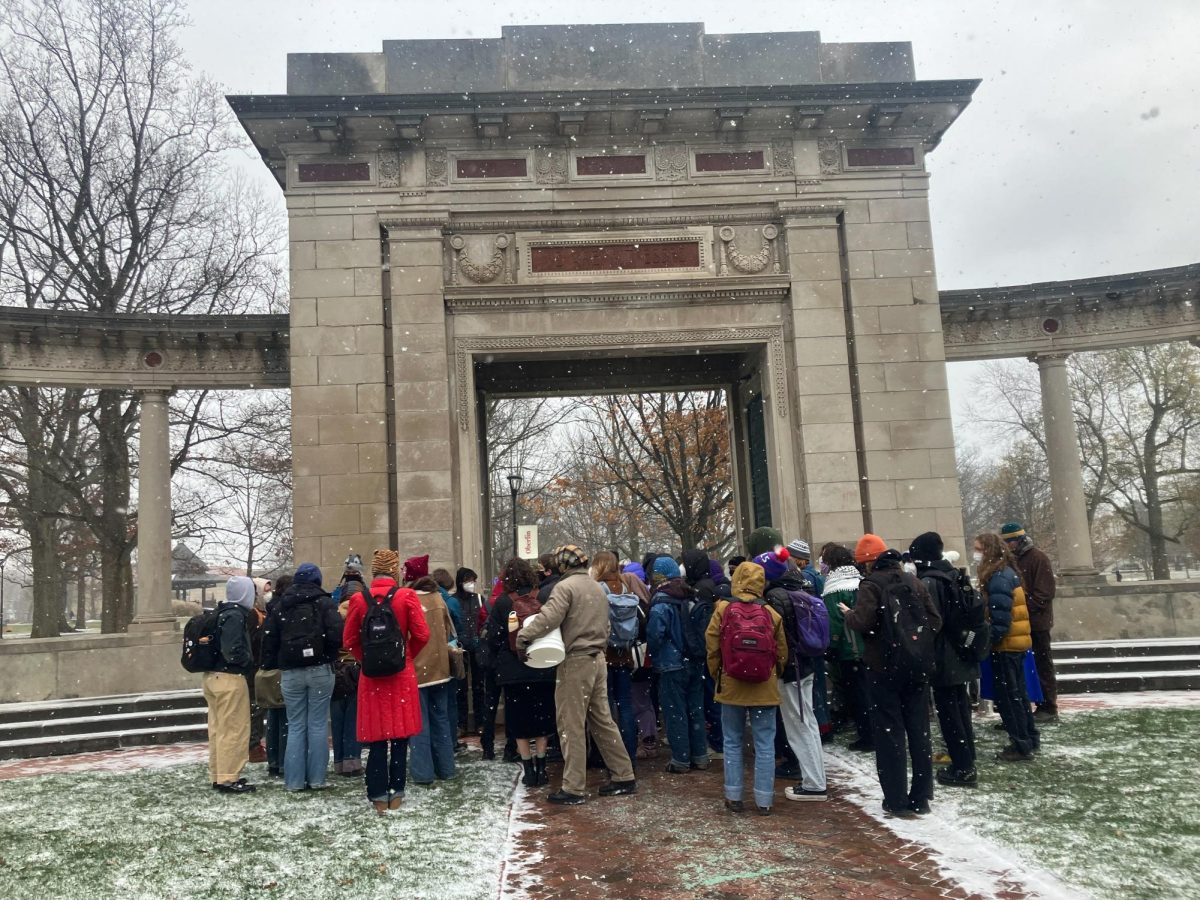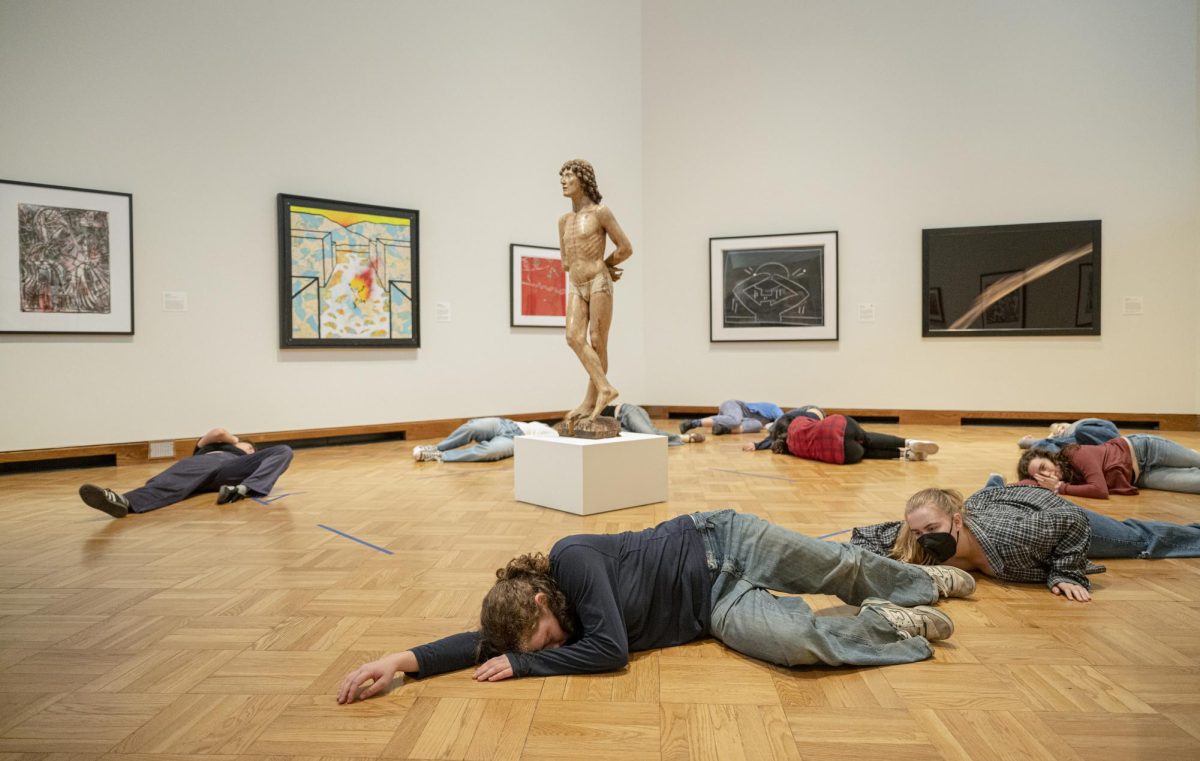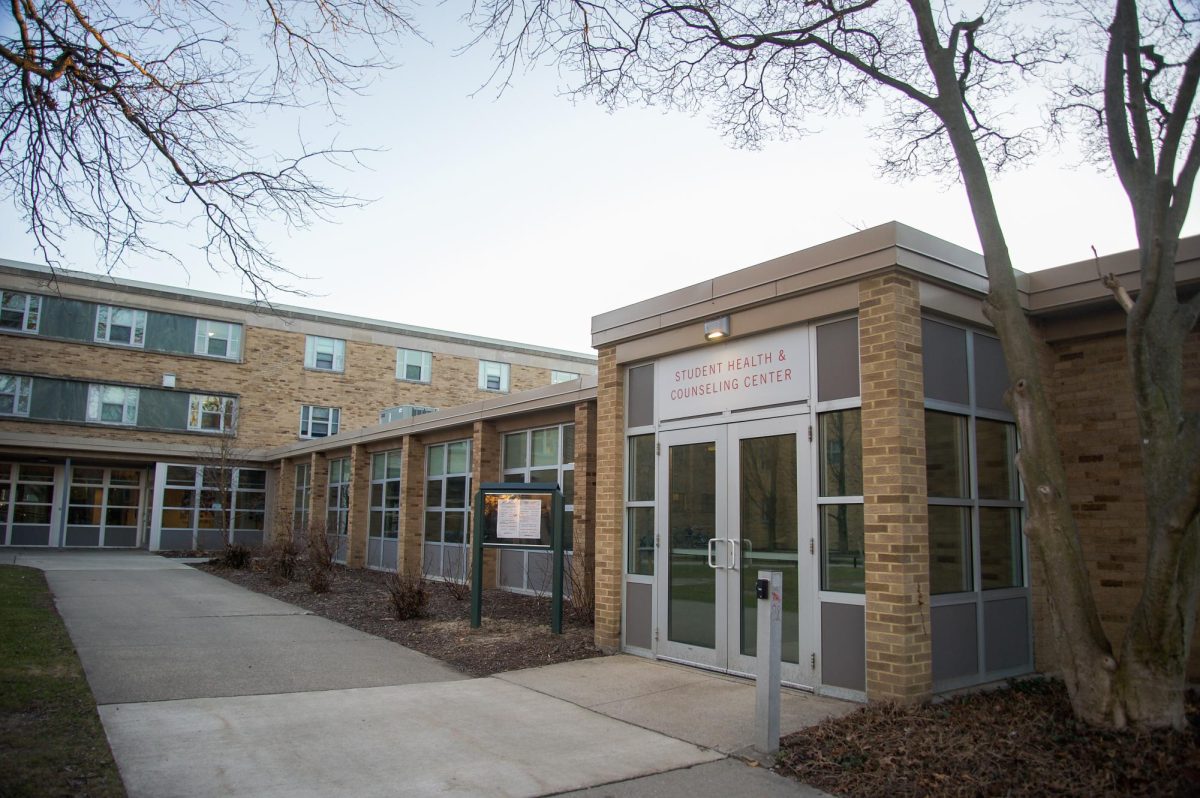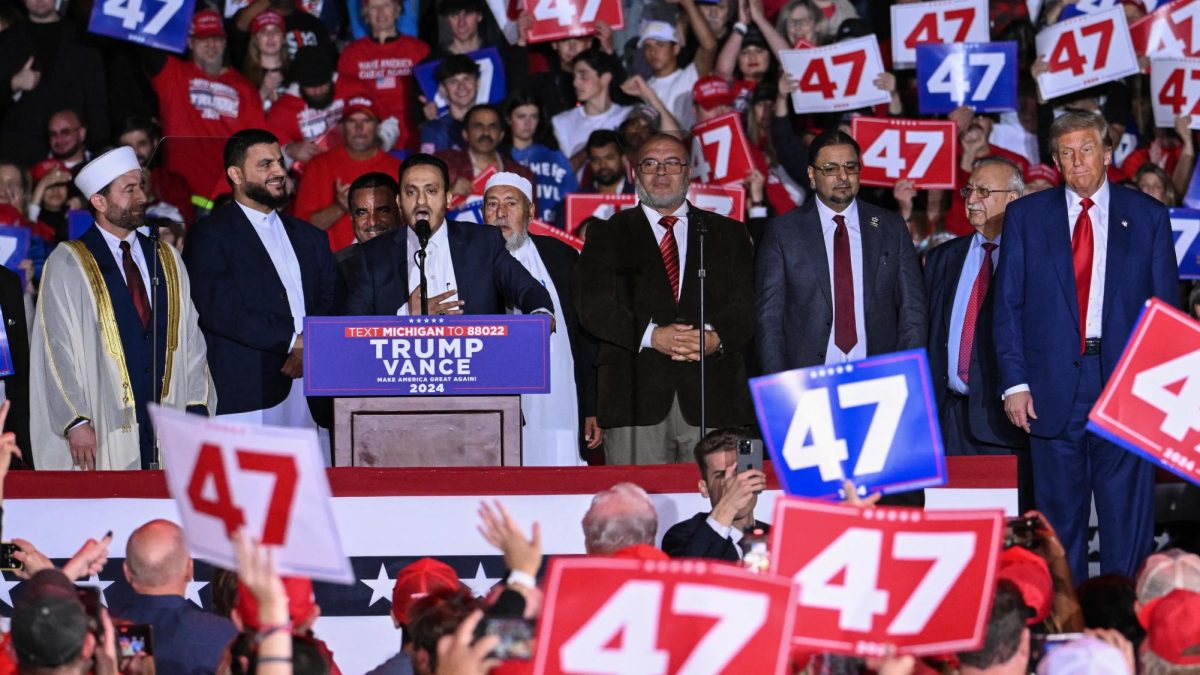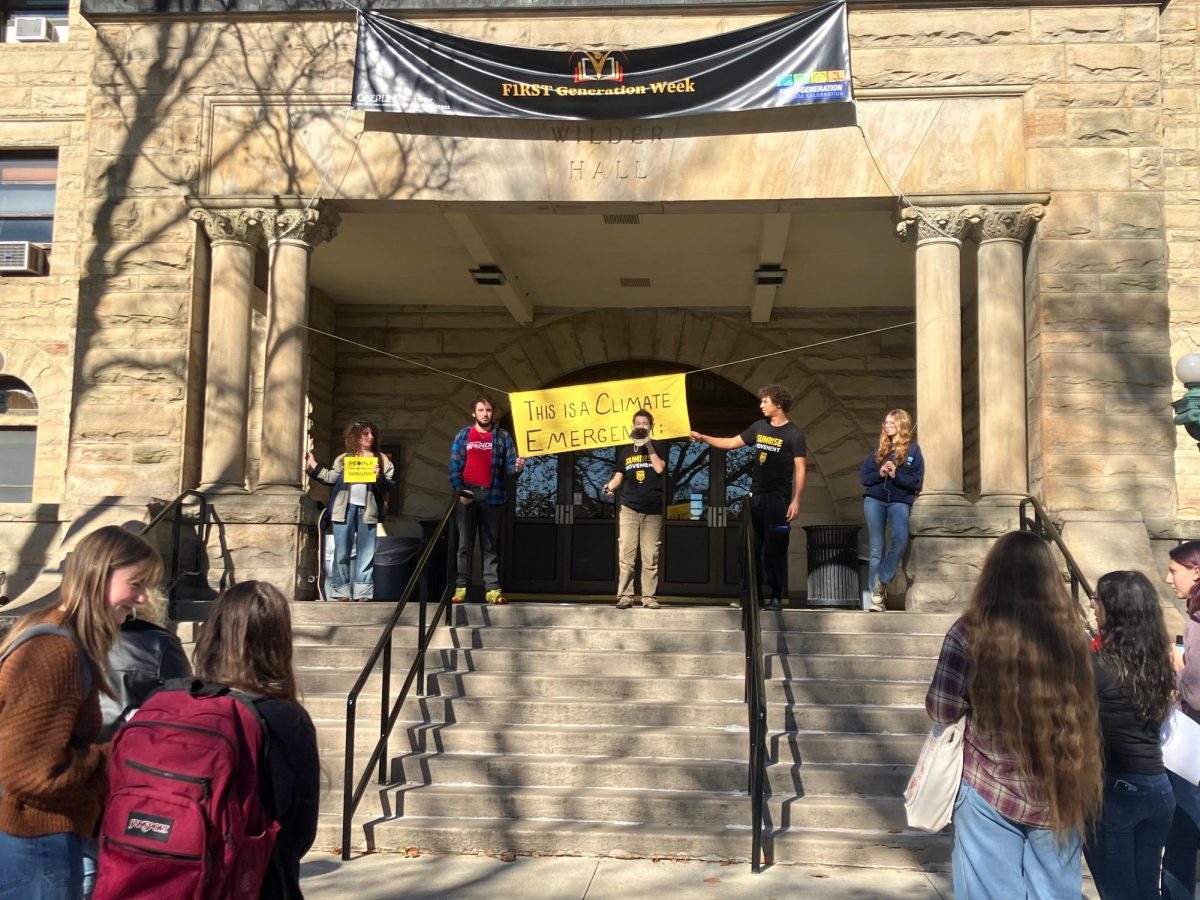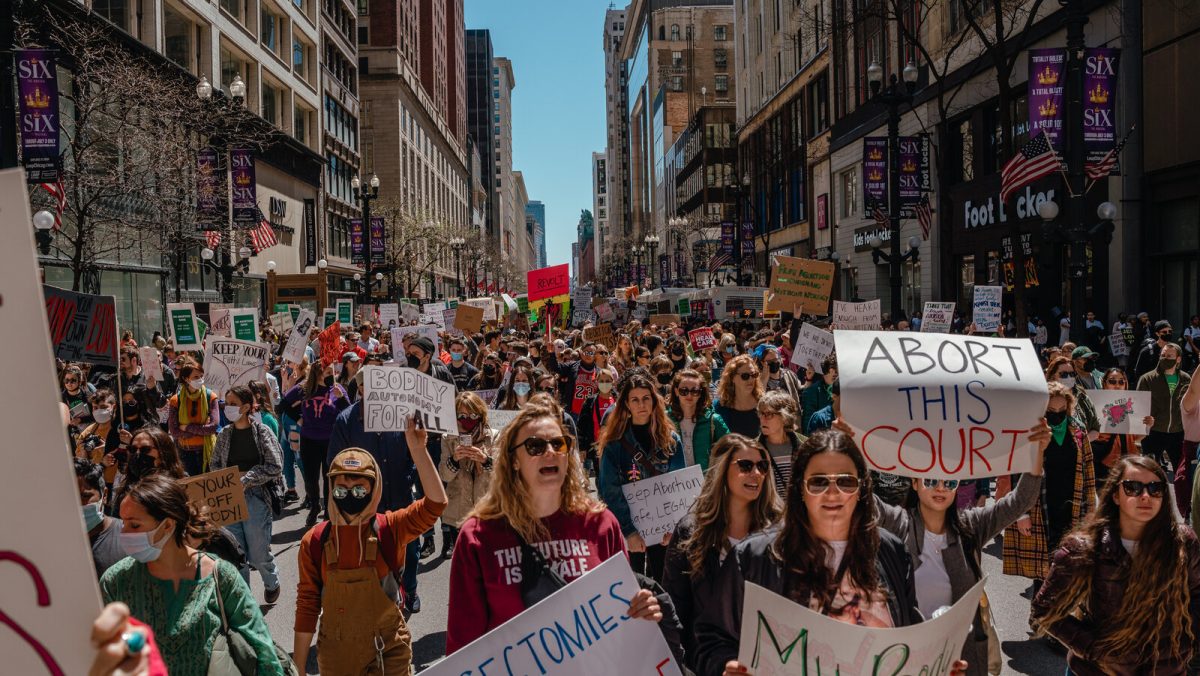Over two days, from Tuesday, Sept. 17 to Wednesday, Sept. 18, Israeli Defense Forces launched a series of sophisticated terror attacks in Lebanon. An operation devised by Israel months prior, military pagers and walkie talkies operated by Hezbollah military forces, sourced from a Taiwanese company which experts believe Israeli infiltrated and rigged with explosive devices, detonated all across the country, including parts of Syria. Al Jazeera states that at least 37 people were killed and thousands more were wounded over those two days — the vast majority of whom were innocent civilians. Israel claiming its war focus is “moving north,” alongside these attacks serves as implicit justification for the attacks as a means to weaken the Hezbollah military, with whom they have been exchanging fire across their border for over a year since Hamas’ attacks Oct. 7. But this attack, occurring in the middle of the day, maimed thousands of ordinary civilians, committing the crime of simply going about their everyday lives. Multiple questions arose from those concerned about the attacks including myself.
If such an atrocity can be committed with no forewarning, twice over two days, in broad daylight, how can Lebanese citizens go forth without fearing the looming threat of more state-sponsored terrorism from Israel?
Even more pressing of a question, what is the significance of Lebanon in Israel’s war against Hamas, a domestic organization?
The answer lies decades prior, in the 1967 Six-Day War and the Lebanese Civil War, which profoundly implicated Israel. In March of 1978, the Israel Defense Forces performed an invasion of Lebanon, seizing Lebanese territory as they traveled as far north as the Litani River. The inherent aggressive nature of this invasion was veiled by the IDF’s rationale, which cited the large presence of the Palestinian Liberation Organization within Lebanon. One of the most central underlying exigences over the Lebanese Civil War was the split between its citizens over Palestinian’s right to the territory over which Israel claimed sovereignty, and whether or not the PLO should have the right to stage their resistance on Lebanese soil. This divide was drawn through sectarian lines, with many Maronite Christians — who also largely recognized Israel’s right to exist — siding against the PLO, and Muslims — who felt an intimate affinity with the many Palestinian refugees who relocated to Lebanon — siding with the PLO. The Lebanese Civil War was far from an incubated conflict; rather, it was a reflection of the larger geopolitical implications of the mass displacements of Palestinians spurred by Israel’s project of settler-colonialism.
Naturally, the war not only impacted ordinary Lebanese citizens, but it debilitated Palestinian communities who were already dislocated from their original homes by the massive atrocities and horrors that occurred during the Nakba. Ghassan Kanafani’s collection of short stories, Men in the Sun and Other Palestinian Stories, particularly the story titled “The Land of Sad Oranges,” portrays the settler-colonial violence that was a precursor to the the Lebanese Civil War, which began in 1975 and ended in 1990. It always goes back to the freedom of Palestinians. The question of Palestinian freedom and autonomy implicates the entire region of the Middle East — it does not just pertain to Israel and Palestine. Rashid Khalidi’s broad historical book The Hundred Years’ War on Palestine succinctly analyzes the far-reaching ramifications of Israel’s colonial project, particularly when he recounts the Sabra and Shatila Massacres were committed during the Civil War.
Sabra and Shatila were two Palestinian refugee camps, Shatila being created by the United Nations Relief and Works Agency for Palestine Refugees. These two camps were major community hubs for displaced Palestinians which also served as strongholds for the PLO. On Sept. 16, 1982, forces of Phalange, a right-wing Maronite militia, after their leader was assassinated, besieged the refugee camps and massacred as many as 3,500 majority-Palestinian residents. It is crucial to note the Phalange militia was directly funded and sponsored by the state of Israel, and this massacre was deliberately planned by Phalange forces with the blessing of the Israeli state. Israel’s Kahan Commission found the Israeli forces to be “indirectly responsible” for the massacre, and pressure from public scrutiny forced the Israeli defense minister to resign.
The Shatila and Sabra massacres are far from the most overt displays of Israeli involvement in Lebanese political matters. In 1982, under the pretense of defending itself against the PLO presence in Lebanon, the Israeli Military invaded the nation’s southern territory. Although they withdrew from the Litani River’s territory, they remained occupying a portion of Lebanese territory for as late as until 2000. In fact, the Hezbollah militia was created as a direct response to Israel’s occupation of Lebanon.
This history should serve as an eerie anecdote to inform us about the future’s potential in the Middle East, particularly as the IDF continues to make several incursions into Lebanon’s southern territory. This is not new. It is entirely according to the decades-long pattern of Israeli imperialism. This war did not start on Oct. 7 nor will it end in our lifetime. An effective movement with any chance to successfully cease and rectify the injustices of Israel’s genocide requires us to absorb the lessons of the past, which will inform us to make effective decisions in our present and future.
Read the news. Watch how headlines are written and what is absent. Watch what those in power speak, what they avoid, and how they refuse to acknowledge the death toll. Most importantly, read. Read the works of Palestinian and Lebanese writers during this time, including those mentioned in this article. Look at pictures of artwork, read heart wrenching poetry from writers such as Mahmoud Darwish, Fadwa Tuqan, and Mosab Abu Toha, scratch the surface of knowledge from people who have experienced these tragedies, and immerse yourself in history. I cannot tell you what to think, but I can encourage you to learn about the deep history between Lebanon, Palestine, and the state of Israel.


